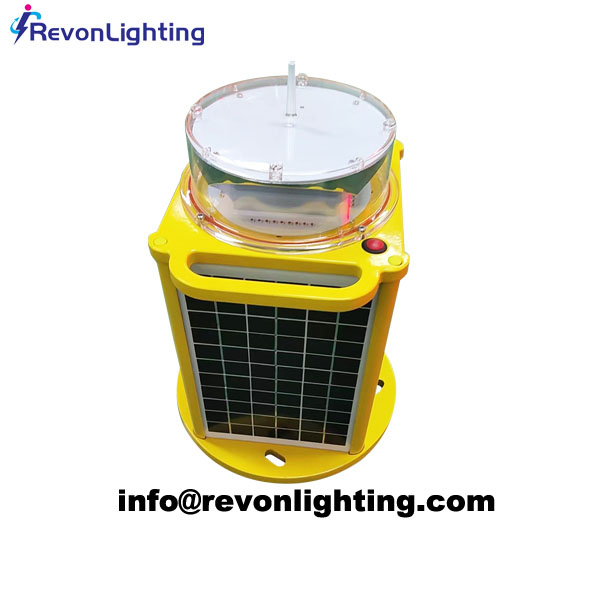Solar Runway Lights: Illuminating the Future of Aviation
Introduction
In recent years, solar runway lights have emerged as a groundbreaking technology in the field of aviation. As the world seeks sustainable solutions, these innovative lights offer an environmentally friendly and cost-effective alternative to traditional runway lighting systems. Harnessing the power of the sun, solar runway lights provide reliable illumination for airports, enhancing safety and reducing energy consumption. This article will explore the benefits, functionality, and future prospects of solar runway lights.
Benefits of Solar Runway Lights
Environmental Sustainability: Solar runway lights operate solely on renewable energy, derived from the sun. By harnessing solar power, airports can significantly reduce their carbon footprint and contribute to the global efforts in combating climate change. This technology aligns with the principles of sustainability and promotes a greener aviation industry.
Cost-Effectiveness: Traditional runway lights rely on electricity from the grid, resulting in substantial energy costs for airports. Solar runway lights drastically reduce operational expenses as they require zero electricity consumption. Once installed, the lights operate autonomously, without the need for costly infrastructure or ongoing maintenance.
Enhanced Safety: Runway visibility is of utmost importance in ensuring safe take-offs and landings. Solar runway lights use advanced LED technology, ensuring clear visibility for pilots during low-light conditions and adverse weather. These lights provide a reliable and efficient lighting solution, minimizing the risk of accidents and improving overall aviation safety.

Functionality of Solar Runway Lights
Solar runway lights operate through a sophisticated system that maximizes energy efficiency and reliability. Here's how they work:
Solar Panels: Integrated solar panels capture sunlight during the day and convert it into electrical energy, which is stored in on-board batteries. These panels are designed to absorb and convert sunlight into electricity, even in low-light conditions.
Battery Storage: The electrical energy generated by the solar panels is stored in high-capacity batteries. These batteries ensure continuous lighting throughout the night and during periods of reduced sunlight. The stored energy powers the lights, eliminating the need for external power sources.
LED Lights: High-intensity LED lights are used in solar runway systems. These lights provide excellent visibility, ensuring pilots can accurately identify and navigate runways. LED lights are energy-efficient, long-lasting, and require minimal maintenance, making them ideal for sustainable aviation practices.
| Solar Runway Lights | Solar Runway Light |
Future Prospects
The future of solar runway lights looks promising, with ongoing advancements expected to further enhance their functionality and efficiency. Here are some potential future developments:
Smart Lighting Systems: Integration of smart technologies, such as sensors and wireless connectivity, will enable enhanced monitoring and control of runway lighting systems. These advancements will allow real-time adjustments based on weather conditions, air traffic, and other factors, optimizing energy consumption and improving safety.
Energy Storage Innovations: Continued research and development in energy storage technologies will lead to more efficient and long-lasting batteries. These advancements will increase energy storage capacity, ensuring uninterrupted lighting even during extended periods of low sunlight.
Widespread Adoption: As the aviation industry continues its transition toward sustainability, solar runway lights are expected to become the standard lighting solution for airports worldwide. Governments and aviation authorities are likely to incentivize and mandate the use of solar-powered lighting systems, further driving their widespread adoption.
Conclusion
Solar runway lights represent a paradigm shift in airport lighting systems, offering numerous advantages over traditional electrical lighting solutions. With their environmental sustainability, cost-effectiveness, and enhanced safety features, solar runway lights are paving the way for a greener and more efficient aviation industry. As technological advancements and global awareness continue to grow, solar runway lights will play a crucial role in illuminating the future of aviation.